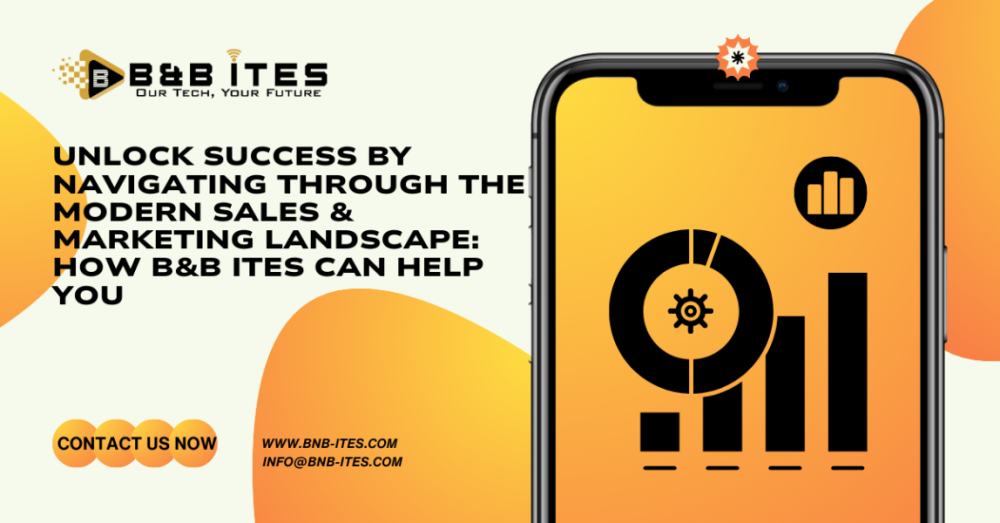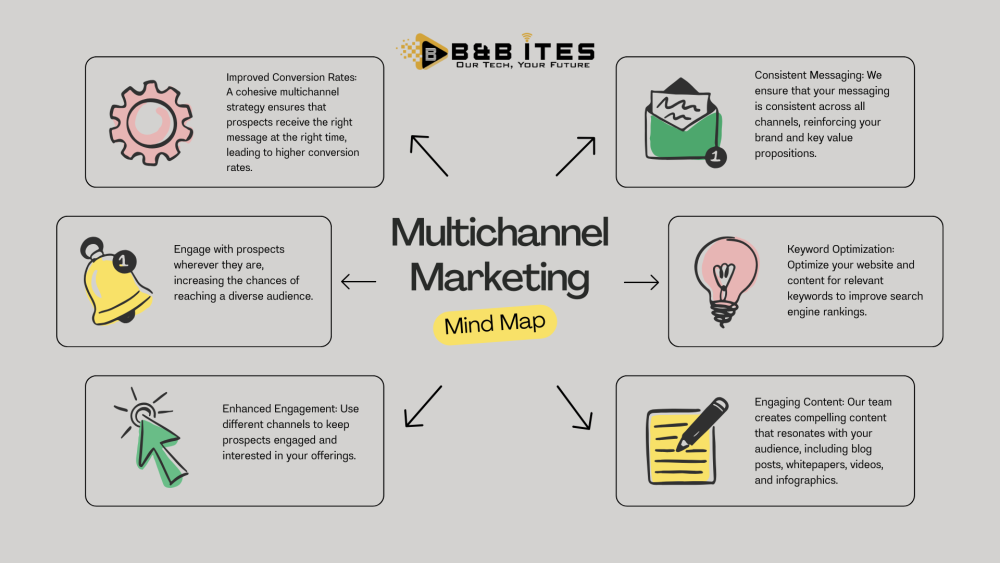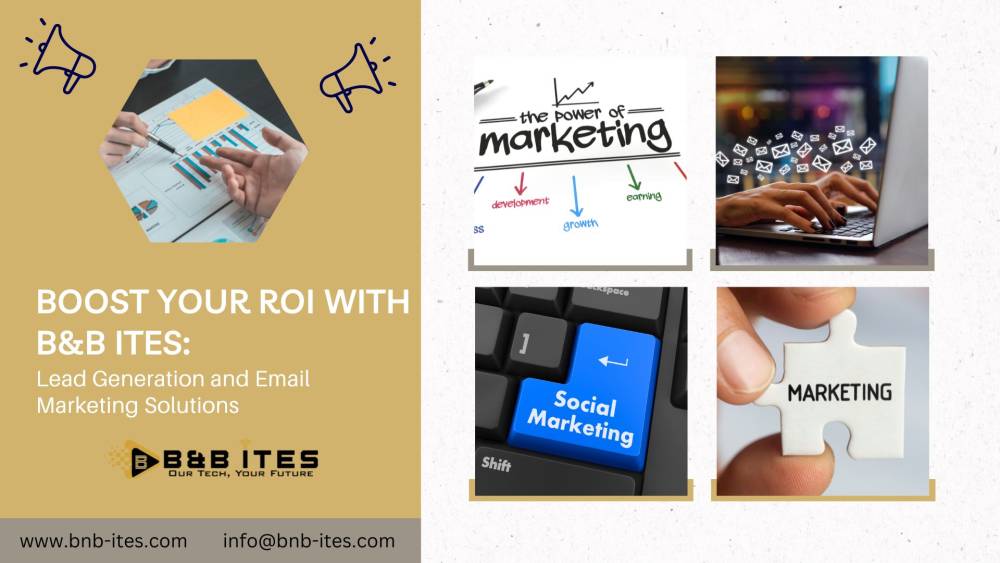In the ever-evolving landscape of marketing and sales, data has emerged as the cornerstone of success. From consumer behavior to market trends, businesses are constantly collecting and analyzing data to inform their strategies and drive growth. However, amidst the vast sea of data available, there's one often-overlooked layer that holds immense potential: data layers. In this blog post, we'll explore what data layers are, why they're important, and how businesses can leverage them to supercharge their marketing and sales efforts.
What Are Data Layers?
Data layers can be understood as distinct categories or segments within your overall dataset. These layers provide deeper insights into specific aspects of your audience, such as demographics, behavior, preferences, or engagement levels. By organizing data into layers, businesses can gain a more granular understanding of their target market and tailor their marketing and sales strategies accordingly.
Why Are Data Layers Important?
Data layers offer several key advantages that make them invaluable for businesses:
- Enhanced Targeting: By segmenting your audience into distinct layers, you can create more targeted and personalized marketing campaigns. This allows you to tailor your messaging and offerings to specific segments of your audience, increasing relevance and engagement.
- Improved Insights: Data layers provide deeper insights into various aspects of your audience's behavior and preferences. By analyzing trends and patterns within each layer, you can uncover valuable insights that inform your strategic decisions and optimize your marketing and sales efforts.
- Better ROI: By targeting specific segments of your audience with relevant messaging and offers, you can improve the efficiency and effectiveness of your marketing campaigns. This can lead to higher conversion rates, increased customer satisfaction, and ultimately, a better return on investment (ROI).
How to Leverage Data Layers for Marketing and Sales Strategies:
Now that we understand the importance of data layers, let's explore how businesses can leverage them to enhance their marketing and sales strategies:
- Segmentation: Divide your audience into distinct data layers based on criteria such as demographics, behavior, or purchase history. This allows you to create targeted marketing campaigns tailored to the unique needs and preferences of each segment.
- Personalization: Use data layers to deliver personalized experiences to your audience. Tailor your messaging, content, and offers based on the specific characteristics and behaviors of each segment, increasing relevance and engagement.
- Predictive Analytics: Leverage data layers to identify trends and patterns within your audience. Use predictive analytics techniques to forecast future behavior and anticipate the needs and preferences of your customers, enabling proactive marketing and sales strategies.
- Optimization: Continuously monitor and analyze the performance of your marketing and sales efforts across different data layers. Use this data to optimize your strategies in real-time, identifying opportunities for improvement and maximizing results.
In conclusion, data layers represent a powerful tool for businesses looking to enhance their marketing and sales strategies. By segmenting your audience into distinct categories and leveraging deeper insights to personalize your approach, you can create more targeted, effective campaigns that drive growth and deliver tangible results. So don't overlook this important layer of data—embrace it and unlock its full potential for your business.












